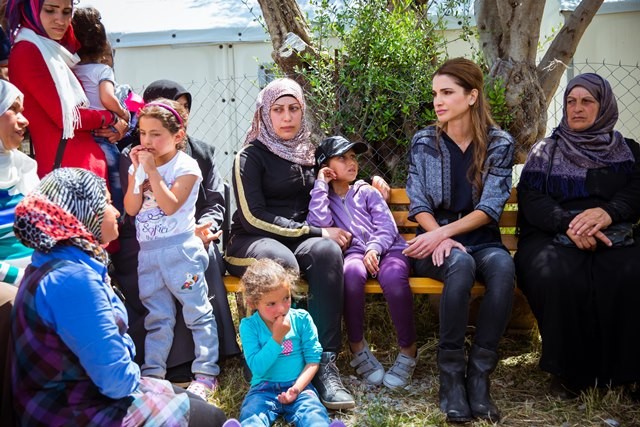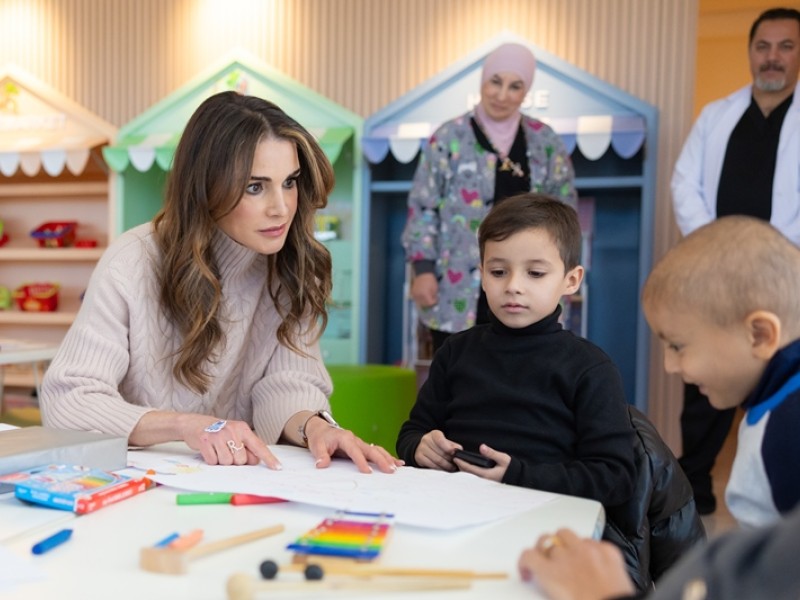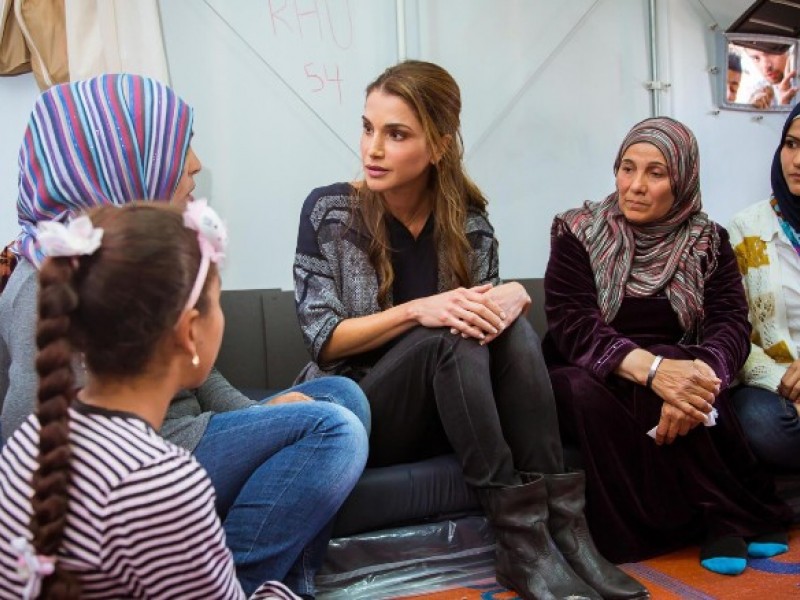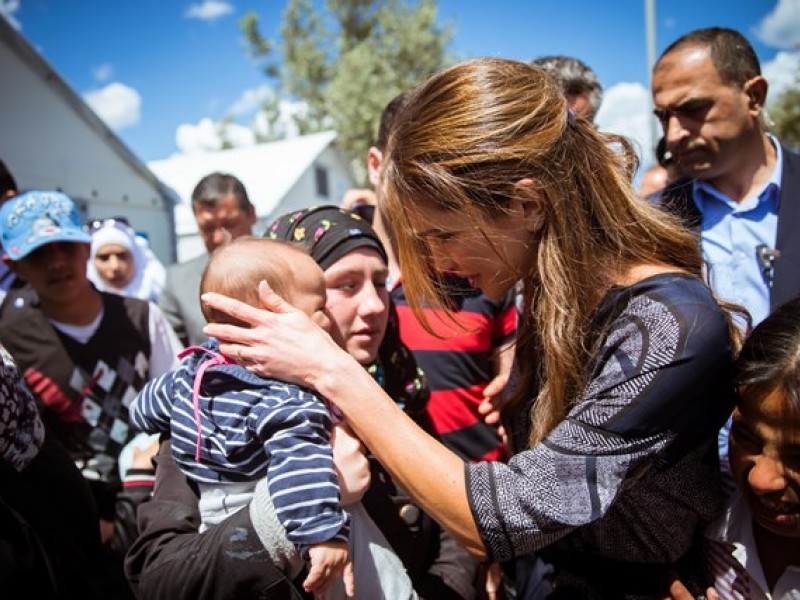Better Gender Data Is Key for Supporting Refugees
TIME Magazine

What’s worse than being a refugee, forced to flee your home, your community, and your country; leave behind those whom you love; and, all too often, be pushed into poverty and an uncertain future?
Being a female refugee -- a girl or a woman who, as well as enduring the horror and heartbreak that defines a refugee’s wretched existence, is at risk of intimidation or trafficking or sexual slavery or forced marriage or violence or life-threatening complications from pregnancy if, as is often the case, health services are out of reach.
I say ‘or’; I could just as easily use ‘and’. Abuse is rarely a singular, one off event.
This is hardly breaking news. But the stubborn and pernicious humanitarian crises around the world continue to highlight the vulnerability of girls and women who have fled their homes because of conflict and disaster. Who can forget the images of hundreds of desperate Yazidi women running for their lives to Mount Sinjar in north-west Iraq? Or the footage of terrified women rounded up by Daesh to be sold at market in Syria? Or the photographs of the Nigerian schoolgirls kidnapped by Boko Haram?
Social media petitions, news reports and op-eds protesting their treatment are important. But they’re not enough. The international community can and must do more to prevent the suffering and protect the dignity of refugee girls and women.
To help them in meaningful and practical ways we, first, must know who they are, where they are and what they need. And, right now, despite the fact that United Nations agencies, aid organizations, and many countries are working tirelessly to help refugees, there is still a dearth of information which prevents us from supporting these girls and women effectively.
That in 2016, with the surfeit of technology with which we’re surrounded, and the knowledge of past humanitarian crises, we cannot better support some of the most vulnerable people on the planet is, simply, unconscionable.
It is bad enough that the gender data gap for girls and women living in the poorest countries is huge but the gap is even wider for displaced and vulnerable girls and women worldwide. Sometimes just knowing who is displaced is hard enough. Other times, we lack basic information such as how many of the displaced individuals are women and what are their needs?
We know the numbers are high and the needs are vast. We know we need more reliable data, especially on girls and women affected by displacement. But in 2014, UNHCR reported that it had sex-disaggregated data for only 55 percent of the people of concern to them, and age-disaggregated data for a mere 31 percent. How can the international community provide appropriate assistance and protection for forcibly displaced girls and women if we do not fully understand the realities of their lives?
In order to provide appropriate support and health services, we need to know how many women of childbearing age are living in a given location. And we need to know how many children are living there, and of what age, to provide them with the best learning opportunities. Without the data, it is hard to tailor the response.
Of course, there are many reasons why we do not have this data, not least of which is the difficulty of collecting information from people on the move.
This is what drives the work of Data2X, an initiative that has identified this cruel gap in existing data on the lives, experiences, and contributions of girls and women around the world. Data2X and the Joint IDP Profiling Service -- a joint initiative between the United Nations and non-governmental organizations -- are working to find solutions. This includes reviewing and mapping the tools and methods used for gathering gender data in areas where girls and women are displaced. They also make recommendations for its collection and analysis.
This important work complements the recent welcome announcement of a Humanitarian Data Center by the UN Office for the Coordination of Humanitarian Affairs and the Government of the Netherlands to make data available and accessible for those on the front lines of humanitarian response.
I hope we can build on this momentum and make it a global priority. I urge governments and the international community to work together to coordinate, collect, analyze, and act on this data.
Because data is more than numbers; at its heart, data is people -- some of the most vulnerable women and girls in our world today. Mothers, daughters, sisters, aunts, grandmothers -- who have, already, suffered too much and who must suffer no more.
On World Refugee Day, the greatest service we can do the women and girls who have fled their homes and lived through abuse is to count them. By counting them, we send them a message that they matter – and we make them a promise that, together, we’ll use the gender data in practical ways to help every refugee girl and woman realize a more peaceful, secure and hopeful future.
Featured
Queen Rania's official website
This website does not support old browsers. To view this website, Please upgrade your browser to IE 9 or greater
Your browser is out of date. It has known security flaws and may not display all features of this and other websites. Learn how to update your browser



